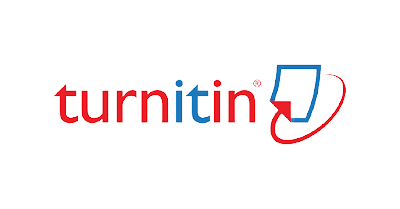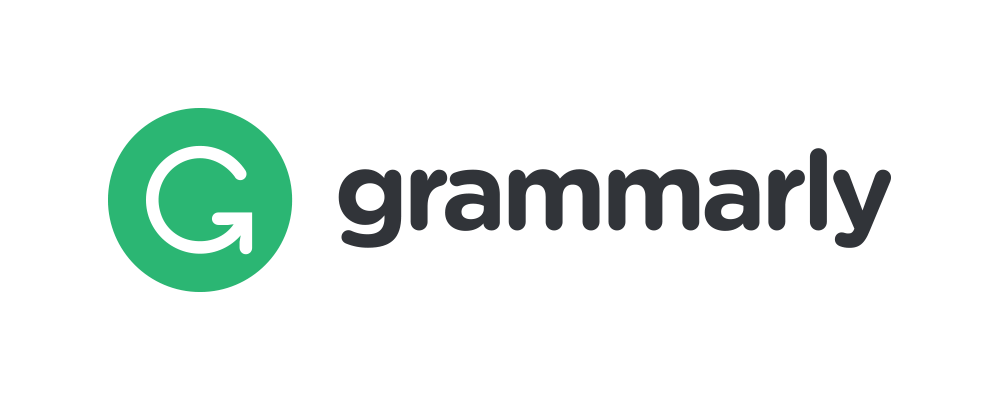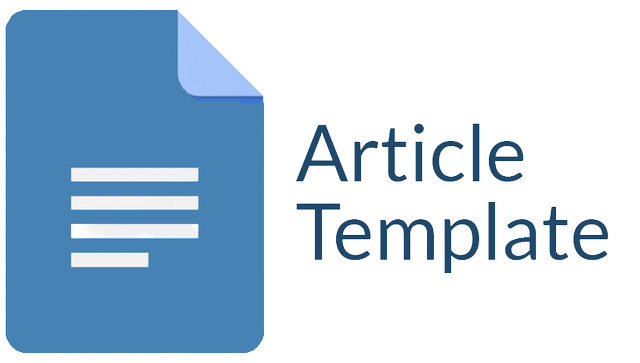PENGEMBANGAN MANAJEMEN RESIKO APLIKASI KEUANGAN PADA PERUSAHAAN ABC MELALUI KOMBINASI NIST SP 800-30, COBIT, PMBOK, DAN ISO 31000
Abstract
Aplikasi manajemen resiko serta perkiraan resiko bisa menolong industri menghemat pengeluaran sekaligus melindungi masa. Aktivitas yang dilakukan pada saat manajemen risiko antara lain planning, organize, setting, coordination ataupun controlling/evaluation untuk penanggulangan risiko. Penelitian ini dengan menggunakan aplikasi yang dipakai perusahaan untuk menjalankan operasi perusahaan. Peneliti melakukan kombinasi dari framework yang sudah tersedia sebelumnya agar tercipta metode yang lebih efektif dan efisien dalam manajement resiko yang digunakan oleh perusahaan. Kombinasi itu ialah COBIT 5 buat resiko, PMBOK, ISO 31000 serta NIST SP 800- 30 buat mengatur resiko. Penelitian ini akan menggunakan rekomendasi manajemen risiko dan rekomendasi pengembangan aplikasi keuangan dengan SOA Framework . Hasil penelitian ini yaitu aplikasi finansial industri ABC mempunyai 17 kriteria tingkatan rendah, 12 sedang serta 2 tinggi. Penelitian ini menghasilkan panduan manajemen resiko aplikasi keuangan perusahaan ABC yang bisa digunakan sebagai rekomendasi untuk mengelola Risiko demi kelancaran berjalannya proyek, Pengembangan aplikasi keuangan perusahaan ABC menambahkan 7 use case baru sebagai rekomendasi, yaitu Pencatatan Kebutuhan ATK dan RT, Pengeluaran Pemasaran CRUD, Pencatatan Pendapatan, Pencatatan Kas untuk Kebutuhan SPV, Memasukkan DP Pelanggan, Memasukkan Piutang dan Pelunasan Pelanggan, Pembelian Material Proyek.
Downloads
References
Alisyahbana, S., & Rozy, N. F. (2018). Aplikasi Perencana Keuangan Pada Platform Berbasis Smartphone Multiplatform Dengan Framework Phonegap. JURNAL TEKNIK INFORMATIKA, 10(1). https://doi.org/10.15408/jti.v10i1.6818
Aven, T., & Ylönen, M. (2019). The strong power of standards in the safety and risk fields: A threat to proper developments of these fields? Reliability Engineering and System Safety, 189. https://doi.org/10.1016/j.ress.2019.04.035
Basmar, E., Purba, B., Damanik, D., & Rumondang, A. (2021). Ekonomi Bisnis Indonesia. In Yayasan Kita Menulis Buku Kita.com.
de Oliveira, U. R., Marins, F. A. S., Rocha, H. M., & Salomon, V. A. P. (2017). The ISO 31000 standard in supply chain risk management. In Journal of Cleaner Production (Vol. 151). https://doi.org/10.1016/j.jclepro.2017.03.054
Febriyantoro, M. T., & Arisandi, D. (2018). Pemanfaatan Digital Marketing Bagi Usaha Mikro, Kecil Dan Menengah Pada Era Masyarakat Ekonomi Asean. JMD: Jurnal Riset Manajemen & Bisnis Dewantara, 1(2). https://doi.org/10.26533/jmd.v1i2.175
Fertilia, N. C. (2020). Pengaruh Penerapan Keselamatan dan Kesehatan Kerja (K3) Terhadap Efektivitas Pencegahan Kecelakan Kerja. Rekayasa Sipil, 9(1). https://doi.org/10.22441/jrs.2020.v09.i1.05
Iin, H., & Tjahyanto, A. (2017). Information Technology Risk Management in XYZ Company Projects Through a Combination of COBIT, PMBOK, and ISO 31000. Jurnal Ilmiah Teknologi Dan Rekayasa, 9(2).
Kivunja, C. (2018). Distinguishing between theory, theoretical framework, and conceptual framework: A systematic review of lessons from the field. International Journal of Higher Education, 7(6). https://doi.org/10.5430/ijhe.v7n6p44
Lalonde, C., & Boiral, O. (2012). Managing risks through ISO 31000: A critical analysis. Risk Management, 14(4). https://doi.org/10.1057/rm.2012.9
Luthfi, C. (2016). Manajemen Resiko Syariah. Academia.
MacLennan, E., & Van Belle, J. P. (2014). Factors affecting the organizational adoption of service-oriented architecture (SOA). Information Systems and E-Business Management, 12(1). https://doi.org/10.1007/s10257-012-0212-x
Mumtahana, H. A., Nita, S., & Tito, A. W. (2017). Pemanfaatan Web E-Commerce untuk Meningkatkan Strategi Pemasaran. Khazanah Informatika: Jurnal Ilmu Komputer Dan Informatika, 3(1). https://doi.org/10.23917/khif.v3i1.3309
Naufal, H. A. (2021). LITERASI DIGITAL. Perspektif, 1(2). https://doi.org/10.53947/perspekt.v1i2.32
Niknejad, N., Ismail, W., Ghani, I., Nazari, B., Bahari, M., & Hussin, A. R. B. C. (2020). Understanding Service-Oriented Architecture (SOA): A systematic literature review and directions for further investigation. In Information Systems (Vol. 91). https://doi.org/10.1016/j.is.2020.101491
Sari, T. N. (2016). ANALISIS KUALITAS DAN PENGEMBANGAN SISTEM INFORMASI AKADEMIK BERBASIS WEB MENGGUNAKAN STANDARD ISO 9126. JIKO (Jurnal Informatika Dan Komputer), 1(1). https://doi.org/10.26798/jiko.2016.v1i1.15
Wahyudi, A. (2018). Modul K3 : Manajemen Resiko. Http://Www.Astti.or.Id.
Widodo, W., Septita Dahlia, A., Ardiansyah, D., Teknik Informatika, P., El Rahma Yogyakarta, S., & Sistem Informasi, P. (2019). PENGARUH KEMUDAHAN PENGGUNAAN, KUALITAS INFORMASI, KUALITAS INTERAKSI, TERHADAP KEPUASAN PENGGUNA APLIKASI OPEN SOURCE MENGGUNAKAN WEBQUAL. Jurnal Informatika Dan Komputer) Akreditasi KEMENRISTEKDIKTI, 3(36). https://doi.org/10.33387/jiko
Copyright (c) 2022 Fakhruzzahid Wahdah, Benfano Soewito

This work is licensed under a Creative Commons Attribution-ShareAlike 4.0 International License.
Jurnal allows anyone to compose, correct, and do derivative works, even for commercial purposes, as long as they credit for the original work. This license is the freest. It is recommended for maximum distribution and use of licensed material.
The submitted paper is assumed not to contain any proprietary materials that are not protected by patent rights or patent applications; The responsibility for technical content and protection of proprietary materials rests with the authors and their organizations and not the responsibility of journal or its editorial staff. The primary (first/appropriate) author is responsible for ensuring that the article has been viewed and approved by all other authors. The author's responsibility is to obtain all necessary copyright waivers to use any copyrighted material in the manuscript before submission.
Jurnal Pendidikan, Sains dan Teknologi allows the author(s) to hold the copyright without restrictions and allow the author(s) to retain publishing rights without restrictions. Jurnal Pendidikan, Sains dan Teknologi CC-BY-SA or an equivalent license as the optimal license for the publication, distribution, use, and reuse of scholarly work. Jurnal Pendidikan, Sains dan Teknologi allows the author(s) to hold the copyright without restrictions and allow the author(s) to retain publishing rights without restrictions. Jurnal Pendidikan, Sains dan Teknologi CC-BY-SA or an equivalent license as the optimal license for the publication, distribution, use, and reuse of scholarly work.
In developing strategy and setting priorities Jurnal Pendidikan, Sains dan Teknologi recognize that free access is better than priced access, libre access is better than free access, and libre under CC-BY-SA or the equivalent is better than libre under more restrictive open licenses. We should achieve what we can when we can. We should not delay achieving free in order to achieve libre, and we should not stop with free when we can achieve libre.
Jurnal Pendidikan, Sains dan Teknologi is licensed under a Creative Commons Attribution-ShareAlike 4.0 International License.
You are free to:
- Share a copy and redistribute the material in any medium or format
- Adapt a remix, transform, and build upon the material for any purpose, even commercially.
- The licensor cannot revoke these freedoms as long as you follow the license terms.






